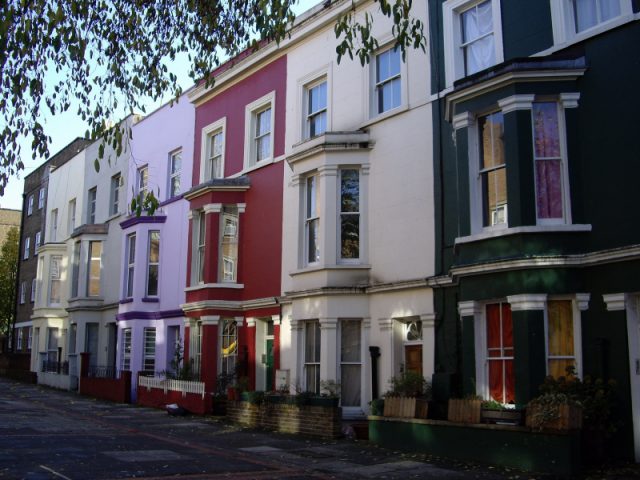Houses in Multiple Occupation (HMOs) made over 40% more in returns than standard buy-to-let properties when compared over four years between 2010-14 by Platinum Property Partners (PPP).
The study revealed that HMOs rented to key workers and young professionals had an average return on equity of 108% between the four-year period. This is more than 40% over returns on standard buy-to-lets, which were an average of 77%.
Every £1,000 invested in HMOs in 2010 would have grown to £2,080 by 2014, compared to £1,770 in standard buy-to-let properties.
PPP also found that HMOs offer far higher returns than other asset classes, including UK equities, commercial properties, gilts (UK government bonds) and cash investments.

HMOs Earn Returns of 40% More Than Standard BTL
After buy-to-let, UK equities – measured by the FTSE All Share Total Return Index – was the best performing asset class, with a total return of 46% over the same period, followed by commercial property at 41%.
Returns from gilts were significantly less at 23%. The worst returns came from cash – measured by the 1 month LIBOR rate – which returned just 2% between 2010-14. This is unsurprising considering the extremely low interest rates around, but these investments did not even keep up with inflation.
In 2010, the average price paid for a standard buy-to-let property was £166,726 with an equity investment of £46,683. This made a total return of £35,817.
The average price paid for an HMO was much higher – £213,988 in 2010, with an equity investment of £118,508.
This is due to the generally larger sized properties that HMOs require and the higher refurbishment costs for converting an ordinary home into a good standard shared house, for example, installing en-suite bathrooms.
However, despite the significantly higher investment, HMO landlords received a considerably higher return over the four years, an average of £127,781.
Founder and Chairman of PPP, Steve Bolton, says: “Buy-to-let has proven itself to be the top performing investment over the past four years, with returns from bricks and mortar investments outpacing other asset classes, like stocks and shares, considerably.
“However, not all types of buy-to-let property offer equal investment return; our research shows that HMO properties let to young professionals and key workers have the potential for substantially higher returns than vanilla or standard buy-to-let properties.”
Bolton explains: “One of the main reasons for this is that HMO investment is intrinsically geared towards maximising rental income. HMO properties are strategically converted and refurbished to increase the size of communal areas and number of rentable bedrooms, therefore allowing for a higher number of tenants on individual rather than shared tenancy agreements.
“This results in greater returns for landlords, despite the higher price initially paid.”
He continues: “However, HMOs aren’t all about benefitting landlords; they also fulfil a growing social need for high quality rental properties that are affordable for tenants. The cost of renting a room in an HMO is far lower than renting a one-bedroom flat.
“For the UK’s increasingly mobile workforce, who are delaying putting down roots for longer, it makes financial sense to live in a high-quality HMO and still be able to save for long-term goals rather than spending all of a pay packet on rent.”1
The research was conducted by former Bank of England economist and CML policy advisor, Rob Thomas, on behalf of PPP.
1 https://www.landlordtoday.co.uk/breaking-news/2015/7/hmos-outperform-standard-btl-by-40










